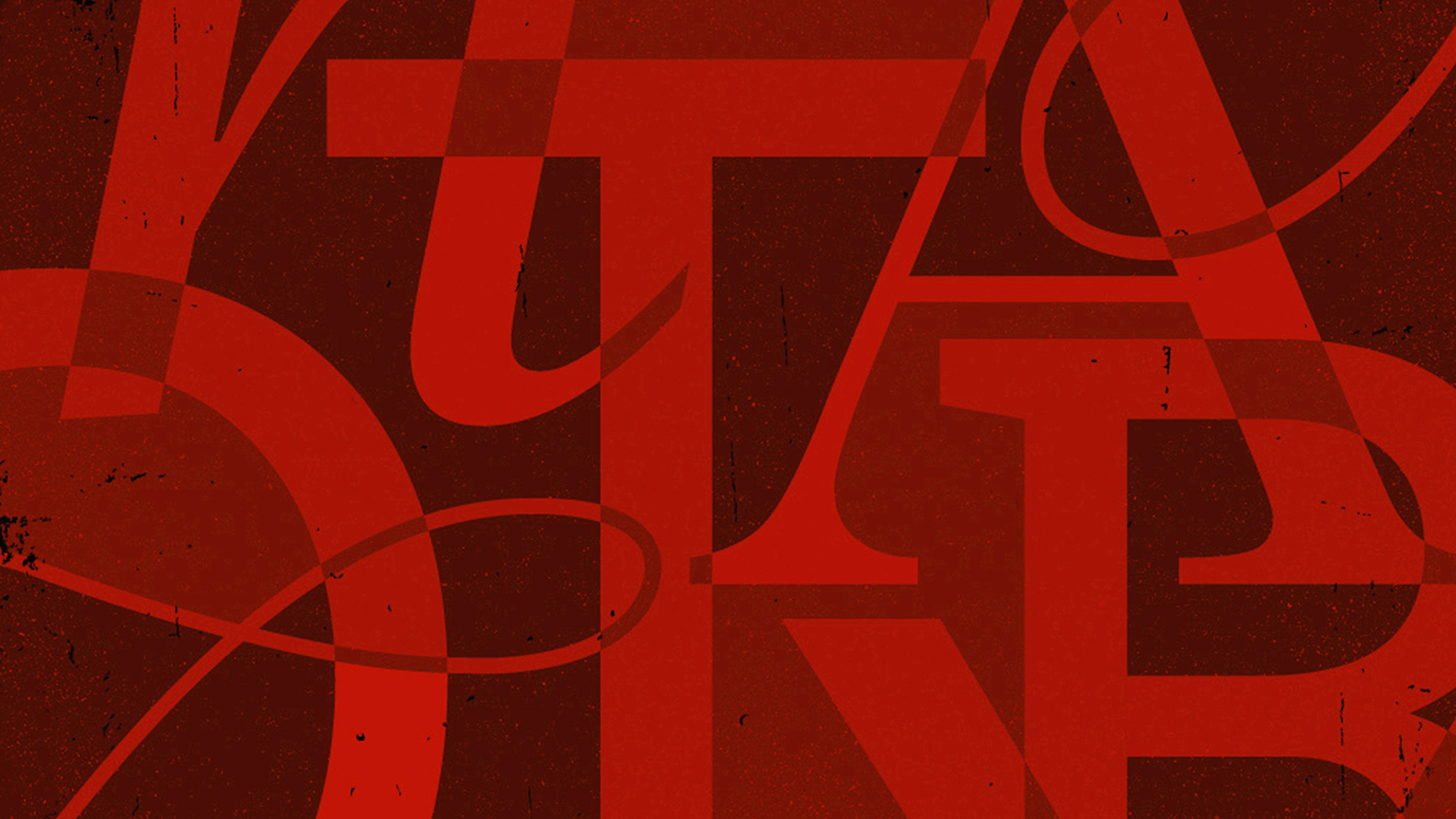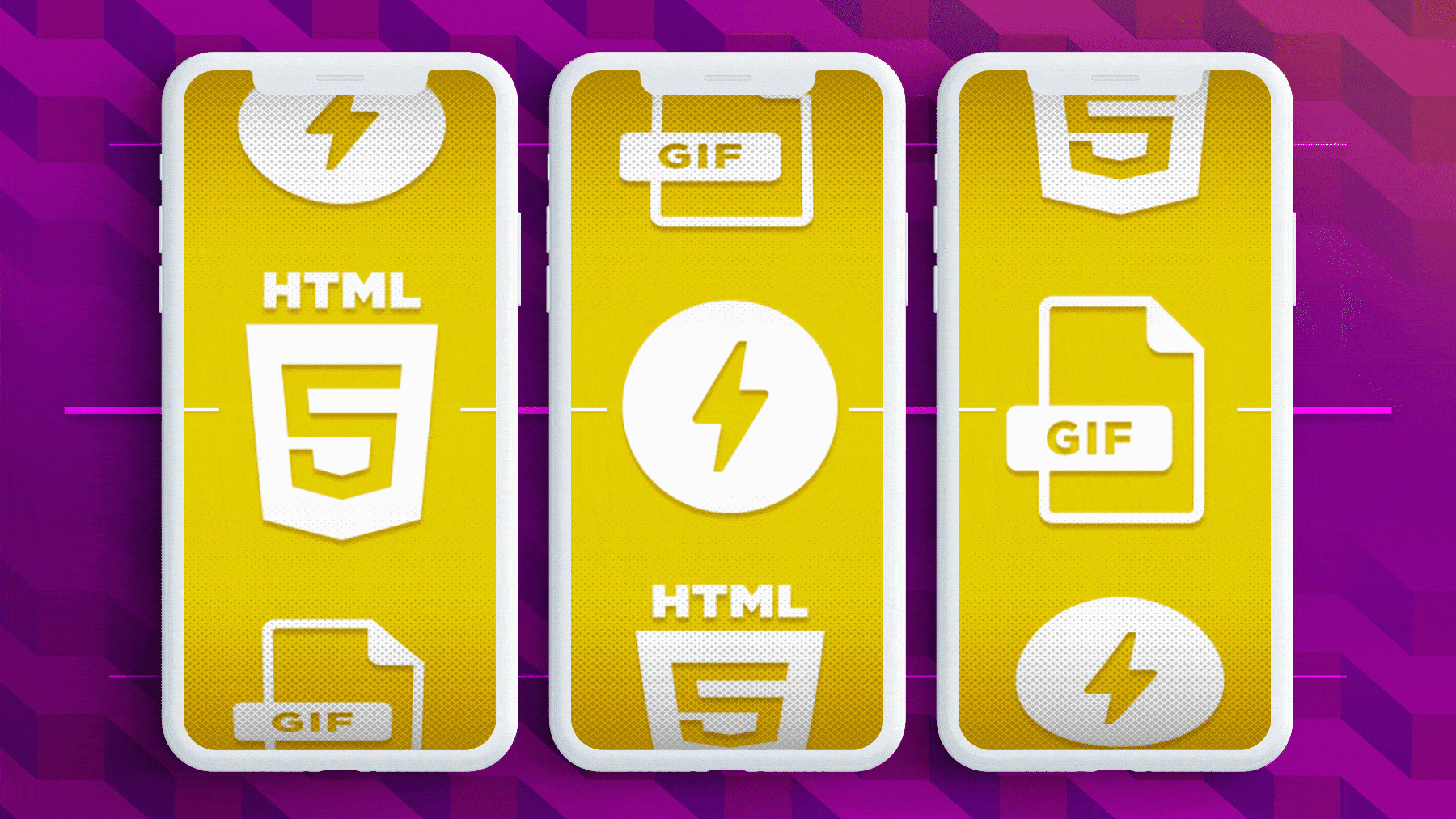
Your type choice is to your company’s brand as your choice in style and clothing is to your personal brand. It tells observers about your character before you ever introduce yourself.
Imagine being handed an important legal document written in Curlz. How seriously are you going to take it? Simply put, typography has personality and it makes quite the impression. We all know this, even if it isn’t often something we consider or are conscious of.
Type is an integral part of every brand, but is often overlooked or unbalanced in the beginning stages of development, making for a brand that’s inconsistent and misrepresented. When people look at an ad, logo or website, the type choices speak to them before they even read a word.
It is important to have a strategy and clear direction before starting the branding process. Consider how you want your audience to perceive your brand. Do you want to appear traditional or progressive, modern or creative? To help you along the way we can break down all type choices into three categories: serif, sans serif and script.

Serif
Serif fonts are often used to emanate a sense of tradition and reliability. Professions and organizations wanting to be seen as prestigious, like universities and law firms, often fall on serif lettering for their logos. Long-established products and companies also use this type to better convey their age and experience.
Sans Serif
Sans serif fonts drop the unnecessary serif at the ends of letterforms and present a stable, more modern feel. Recently, many brands are less concerned with appearing ‘safe’ and more interested in striving for innovation and relevance in today’s fast-paced, entrepreneur-praising culture. In a world-gone-digital, sans serif type also provides better readability on screens and at smaller sizes, making it the ideal choice for the ever-expanding mobile stage. Google is an excellent example of an organization embracing all of these qualities with their new, heavily spotlighted rebrand.
Script
The last of the three categories is script. Script fonts are meant to resemble classic lettering and handwriting. It is a versatile type choice that can produce an air of luxury and elegance while still seeming creative and personable. Products like expensive perfume or high-end foods might choose to utilize a thin, looping script to exude extravagance and exclusivity. In contrast, hand-lettered scripts are increasingly popular as a means to show a brand is crafty, friendly and original. A great example would be the widely recognizable Disney logo.
Keep it consistent
Keep in mind, consistency in typography across all platforms emphasizes your brand’s true strengths. Consider what font you’re using on your website. Does it match the fonts you’re using in advertising? Do headlines, subheads and body copy complement one another and your identity across the board? Once all of your typography choices are determined, protect your hard work by creating a brand standards that everyone contributing to the brand has access to and can reference, ensuring consistency.
Of course, there are exceptions to every rule, and typography is no different, but you have to know the rules before you decide bending them is the right direction for you. Let this act as a starting point, a guideline, if you will, for your branding adventure. After all, no one knows more about what you are trying to create than you. Just remember how incredibly influential first impressions are and the tips about typography you’ve picked up along the way.


